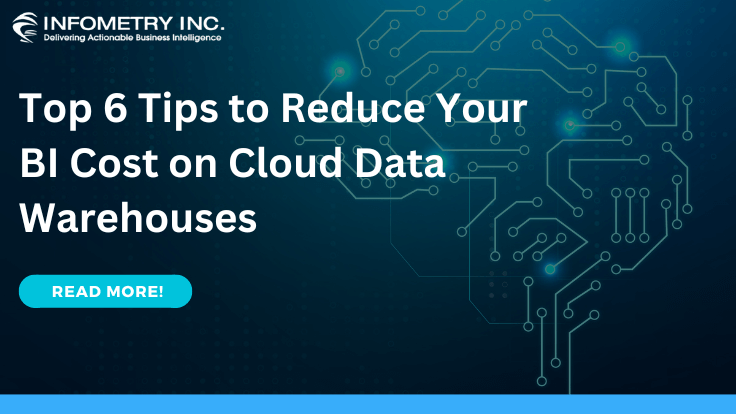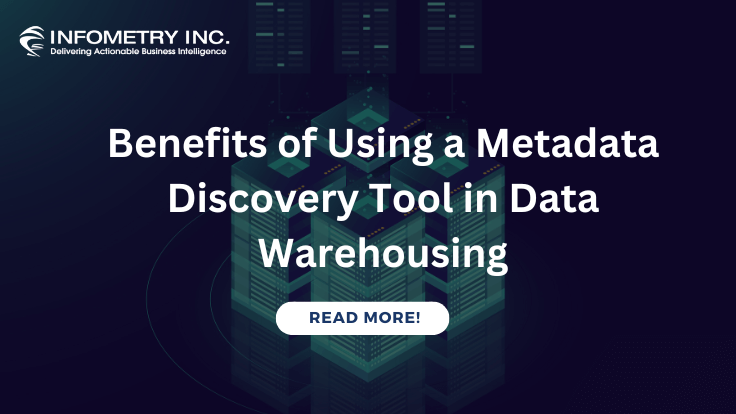
Differences Between Data Analytics, Data Analysis, Data Mining, Data Science, Machine Learning, & Big Data
January 17, 2023
Top 6 Tips to Reduce Your BI Cost on Cloud Data Warehouses
January 23, 2023Each business and association need to store, access and analyze information. Data warehouses gather massive amounts of historical data for analysis, while databases track all business orders or patient records, which can be utilized for other business purposes. Both are important to get things done, but it is challenging to build a Data Warehouse from Scratch
This article will take you through the differences between a data warehouse and a database. By the end, you will know whether an association needs either or both and a few use cases and professions that consistently work with these information-driven tools.
What are a Data Warehouse and a Database?
While both data warehouses and databases act as data storage, there is one vital distinction between them. A data warehouse enables organizations to follow analytics for business intelligence, while a database is essentially an assortment of information in one spot. Databases’ primary purpose is to store data safely and permit clients to access it easily.
For instance, a medical services system can have a database to follow patient records; that same medical care system could likewise require a data warehouse to store the whole framework’s data on operations, marketing, and finance in one place.
Here Are the Top 10 Important Differences between B/W Data Warehouse vs Database
Basis of Difference |
Data Warehouse |
Database |
| Utility | A data warehouse is utilized for Online Analytical Processing. It permits clients to peruse the accessed historical data to make business choices and techniques. | A database is helpful for Online Transactional Processing and can likewise be used to produce data warehouses. It records user data for historical use and analysis. |
| Design
|
The design of a data warehouse guarantees tremendous scope of data which is involved after some time for analysis purposes. | Design of an operational database is not the same as a data warehouse design. It observes information accuracy while updating real-time data. |
| Ease of Performing Analytical Queries | Data warehouses use OLAP, which fills in as a function of business intelligence. This easy-to-utilize analysis process assists directors and analysts in selecting, accessing, extracting, viewing, and analyzing corporate information to distinguish and acquire knowledge on market trends and potential issues. | As many joins and tables exist in a database, performing analytical queries without the assistance of experienced database administrators or developers is challenging. Clients should know all about database applications to compose questions for meaningful analysis and results. |
| Reporting | When you measure the performance of a business, the static report is deficient for that reason. The information is amassed and summed up into various sorts of reports to perform analysis. | It has a more static sort of reporting. These are typically one-time records. For instance, you might require information on a particular patient to look at the historical backdrop of the illness, or a student might look at its admission status. These outcomes can be in PDF formats. The data might be consolidated from a few tables, and fundamental questions might be perplexing and require skill in this field. |
| Data Timeline | Data warehouses are fundamental for analytical purposes, business reporting and making decisions. After integrating the copies of transaction data acquired from divergent sources, they mainly store historical data. They might utilize real-time information feeds to access current, integrated data for detailed reports. | Databases are utilized for handling everyday transactions in associations. Generally, they don’t contain historical data and provide current information using standardized relational databases. |
| Types | It is an OLAP database on the top layer of other data sets and performs the analysis. | There are many kinds of databases. Examples are OLTP, CSV, text records, excel spreadsheets and XML documents, etc. |
| Optimization | The data warehouses are optimized for retrieving large data sets to aggregate the data as it is designed to handle broad analytical queries. | It is optimized for read-write operations through single-point-transaction. Primarily the OLTP database queries respond in less than a second. |
| Data Duplication | In the OLAP database, the information is coordinated to facilitate analysis and reporting. Generally, the data is denormalized and stored in fewer tables in a simple structure. | In an OLTP database, the information is standardized, and data is not duplicated to build optimized processing and better productivity. |
| Examples | Customer relationship management (CRM), enterprise resource management (ERP), social media data, etc. | Credit card processing applications. |
| Drawbacks | A data warehouse is more costly than a database. It additionally gives less control to security and access configurations. | Reporting, visualization, and analytical operations are challenging over critical integrated data sources and streams. |
Conclusion
The main difference between a database and a data warehouse is that database is a coordinated assortment of related information which stores the data in a tabular format. In contrast, a data warehouse is a focal area which keeps united information from different databases. In brief, a database helps perform a business’s principal tasks, while a data warehouse helps to analyze the business.




